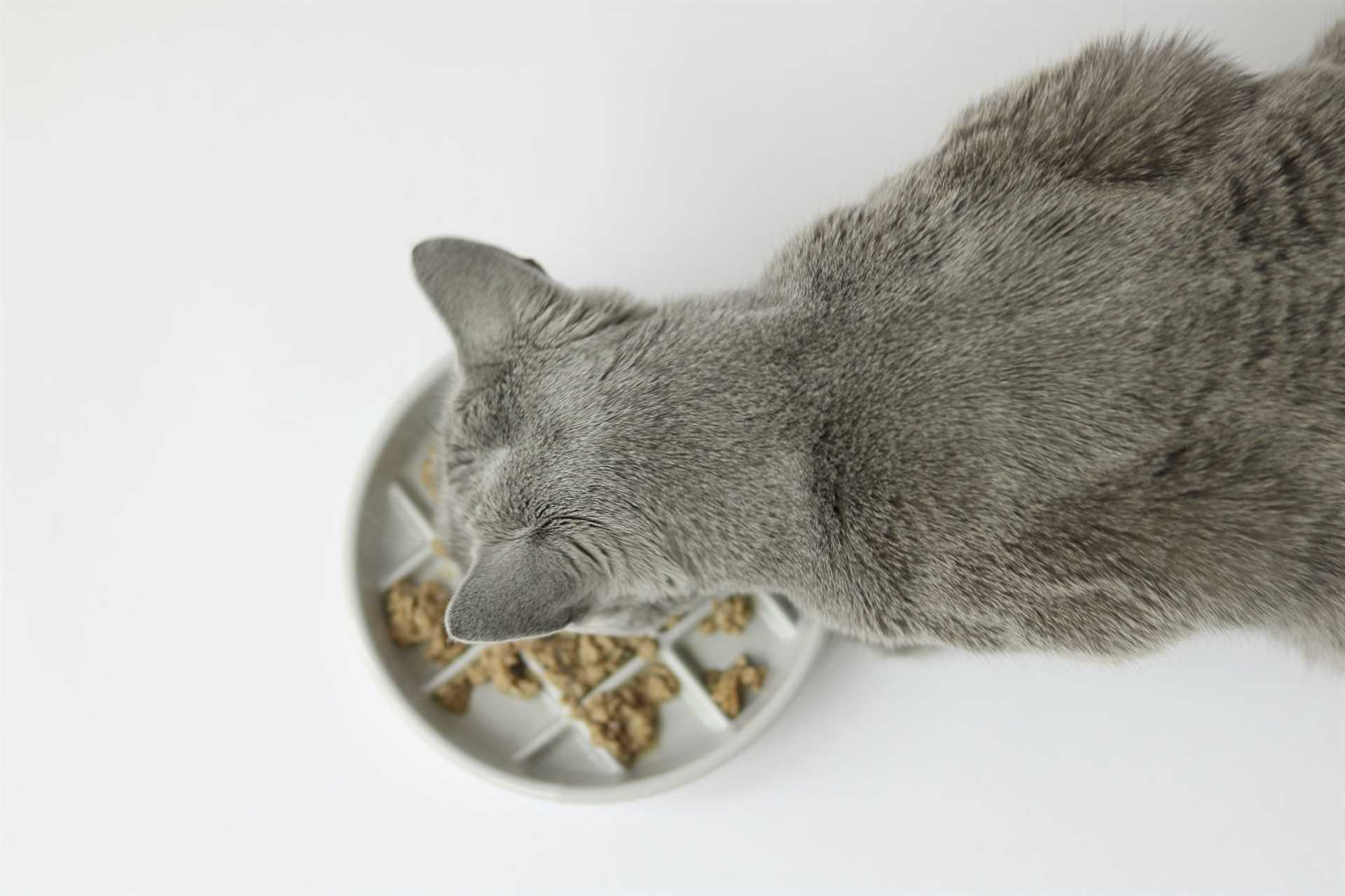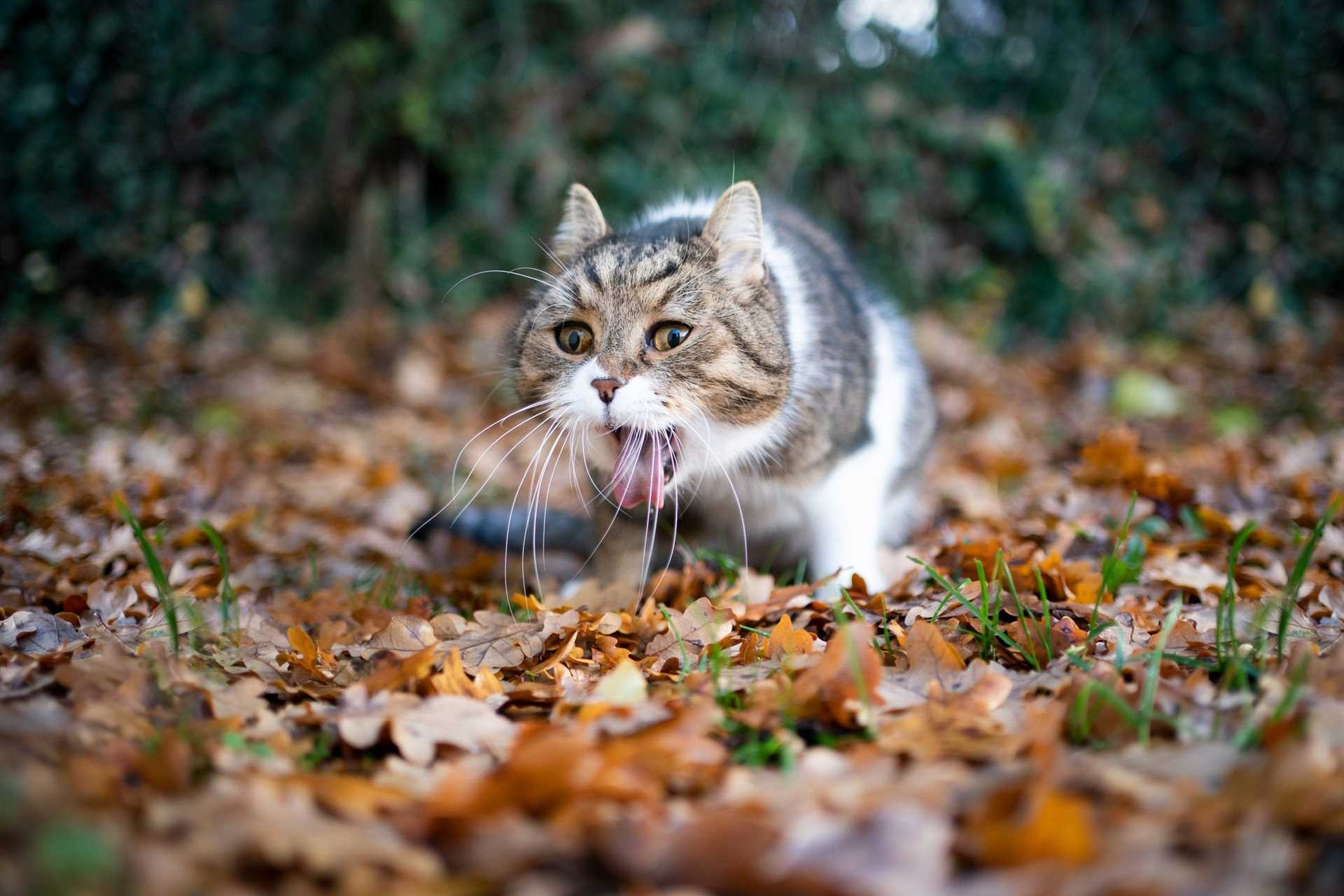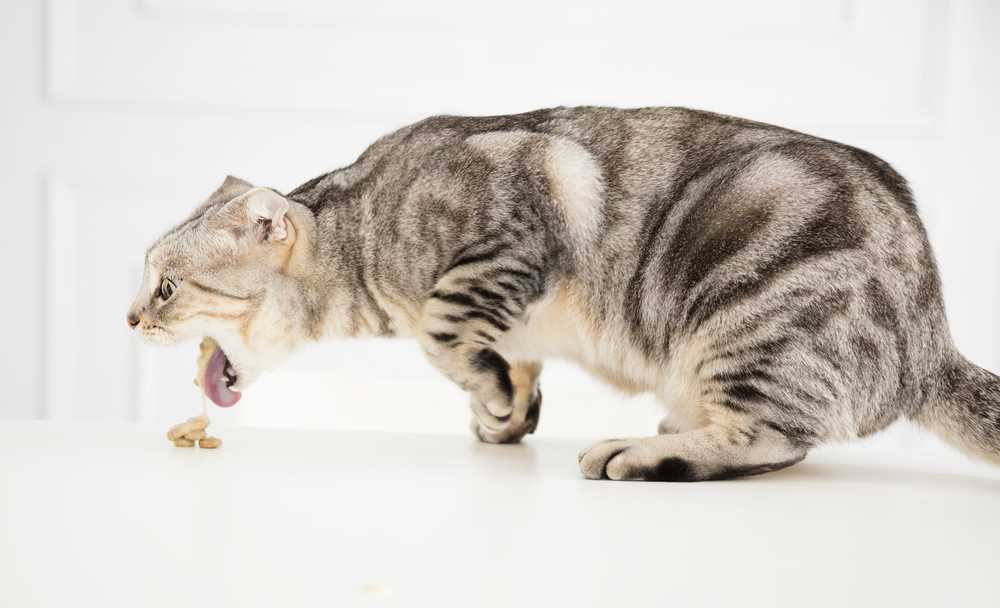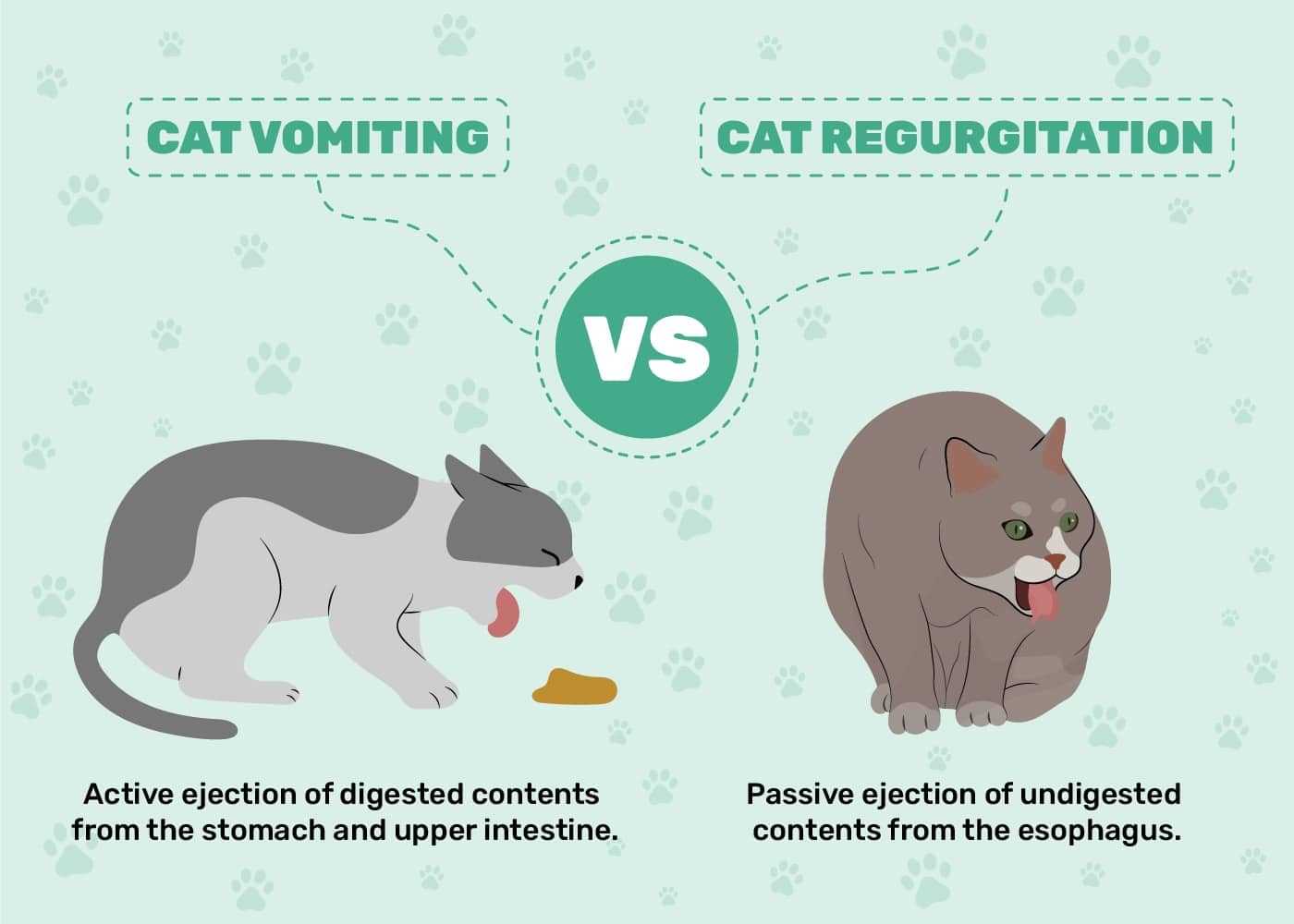



To minimize post-meal distress, I recommend serving smaller portions more frequently throughout the day. This approach allows for better digestion and reduces the likelihood of discomfort. My human has noticed a significant improvement since we adopted this routine.
Another helpful tip is to monitor the food consistency. Dry kibbles can sometimes be harsh on my delicate tummy, leading to regurgitation. Switching to wet food or mixing both types can promote a smoother digestive process. It’s all about finding what suits my palate best.
Maintaining a calm eating environment is also essential. When my dining area is peaceful, I’m less likely to rush through my meal and experience issues. My human often sits nearby, providing a reassuring presence that makes me feel safe and relaxed while I enjoy my food.
If these adjustments don’t yield results, it may be wise to consult a veterinarian. Sometimes, underlying health concerns can cause discomfort. Regular check-ups ensure everything is functioning as it should, keeping me happy and healthy.
Why Does My Cat Throw Up Right After Eating
Consult a veterinarian if your furry friend experiences frequent vomiting following meals. This could indicate underlying health issues such as food allergies, gastrointestinal disorders, or infections.
Consider the type of food being served; some brands or ingredients may not suit your feline. Transitioning to a high-quality diet formulated for sensitive stomachs might alleviate the problem.
Monitor feeding habits; rapid consumption can lead to regurgitation. Using a slow feeder or spreading the kibble on a plate may encourage a more gradual intake, reducing the likelihood of vomiting.
Hydration is key; ensure fresh water is always available. Sometimes, dehydration can exacerbate digestive issues, leading to discomfort and vomiting.
Pay attention to your pet’s environment; stressors such as loud noises or changes in routine can also upset their stomach. Creating a calm feeding area might help in minimizing anxiety-related vomiting.
Lastly, keep track of any additional symptoms. If there’s lethargy, diarrhea, or significant weight loss, reach out to a veterinarian promptly for a thorough examination and tailored advice.
Common Causes of Vomiting in Cats
Eating too quickly often leads to regurgitation. When food is gulped down, it may not have enough time to settle properly in the stomach. Consider using elevated feeding dishes or slow feeders to encourage a more leisurely pace.
Food intolerances or allergies can also trigger this response. If specific ingredients cause distress, switching to a limited-ingredient diet can help identify the culprit. Always consult with a vet before making changes.
Hairballs are a frequent issue, especially for long-haired breeds. Regular grooming reduces the amount of fur ingested, minimizing the chances of hairballs forming. Specialized diets or hairball remedies can assist in managing this problem.
Gastrointestinal disorders, such as inflammatory bowel disease, may lead to recurring nausea and vomiting. If episodes persist, thorough veterinary evaluation is necessary to rule out serious conditions.
Changes in diet can upset delicate stomachs. Introducing new foods gradually allows for better adaptation, preventing potential vomiting episodes.
Stress plays a significant role as well. Environmental changes, new pets, or loud noises can create anxiety, resulting in digestive upset. Creating a calm space and using pheromone diffusers may alleviate stress-related issues.
How Food Texture Affects Your Feline’s Stomach

Choosing the right texture of food plays a significant role in how well I digest my meals. Soft, moist options tend to be gentler on the tummy, while dry kibble can sometimes lead to discomfort. If I gobble down my food too quickly, it can cause my stomach to react unfavorably, leading to regurgitation.
Here’s a breakdown of how different textures can impact digestion:
| Food Texture | Effects |
|---|---|
| Wet Food | Hydrating and easier to digest; less likely to cause irritation. |
| Dry Kibble | Higher chances of gulping; can lead to bloating or discomfort. |
| Soft Pâté | Gentle on the stomach; often more palatable and easier to chew. |
| Chunky or Mixed Textures | May encourage thorough chewing, reducing the risk of rapid intake. |
Monitoring how my body reacts to various textures helps in selecting the best food options. If I notice any negative reactions, switching to a softer or wetter food can often make a big difference. Always consult with a vet if uncertain about the best choices for a healthy diet.
The Role of Eating Speed in Cat Vomiting
Slower munching can significantly reduce the likelihood of regurgitation. I suggest using a puzzle feeder or spreading food over a large surface to encourage a more leisurely pace during mealtime.
Here are the reasons why speed matters:
- Rapid consumption can lead to swallowing excess air, causing discomfort and resulting in an upset stomach.
- Fast eaters may not adequately chew their food, leading to larger pieces that are harder to digest.
- Hastiness can trigger a gag reflex, prompting immediate expulsion of food.
To assess your own experience, monitor how quickly I finish my meals. If it’s under five minutes, consider implementing strategies to slow it down. You could try:
- Feeding smaller portions more frequently throughout the day.
- Using a slow feeder bowl designed with obstacles.
- Feeding alongside another pet to encourage a more relaxed atmosphere.
Observing these changes can lead to a more enjoyable and healthier dining experience, reducing the chances of unwanted messes afterward.
Identifying Food Allergies in Your Cat

Start by observing patterns in my behavior. If I frequently experience discomfort or vomit shortly after meals, it may signal a food allergy. Keep track of what I eat and any reactions that follow. An elimination diet can be helpful; introduce new foods one at a time to pinpoint potential allergens. For instance, if I seem fine after eating a limited ingredient diet, this may indicate sensitivities to certain ingredients in my regular food.
Consult a veterinarian to discuss suspected allergies. They might recommend blood tests or skin tests to confirm. Pay attention to common allergens, such as beef, chicken, dairy, and fish, as these are frequently problematic for felines like me. Additionally, watch for symptoms beyond vomiting, like itching, skin irritations, or changes in stool consistency.
Another critical aspect is food quality. Sometimes, poor-quality ingredients can lead to adverse reactions. Opt for high-quality, grain-free options with recognizable components. This can reduce the likelihood of allergic responses. Remember to transition to new foods gradually to avoid upsetting my stomach.
Finally, maintaining a consistent feeding schedule can help monitor my reactions to different foods. If I show signs of distress, consult with a professional for tailored advice and potential dietary adjustments. My health and happiness depend on it!
When to Consult a Veterinarian
If persistent regurgitation occurs or if I experience additional symptoms such as lethargy, diarrhea, or weight loss, it’s time to seek professional advice. A sudden change in my behavior or appetite can also indicate underlying issues that require attention.
Immediate Red Flags
Signs like blood in vomit, excessive drooling, or difficulty breathing should prompt an immediate vet visit. These situations can signal serious health problems, including infections or blockages.
Monitoring Eating Habits

Keeping track of how often and when I experience these episodes can provide valuable information to a veterinarian. Documenting changes in my diet or any new treats, like how to cook ground turkey in a skillet, can help identify possible triggers.
Regular check-ups are essential for maintaining my health, especially if vomiting becomes frequent. It’s better to be cautious and ensure everything is okay!
Preventive Measures to Reduce Vomiting

To minimize the occurrence of regurgitation, consider these targeted strategies:
- Portion Control: Serve smaller meals more frequently. This approach helps prevent overwhelming the stomach and aids digestion.
- Slow Feeding: Utilize slow-feed bowls or puzzle feeders. These tools encourage a more deliberate eating pace, reducing the risk of gagging and subsequent vomiting.
- Food Quality: Choose high-quality, easily digestible food. Ingredients should be free from fillers and artificial additives, which can upset sensitive stomachs.
- Hydration: Ensure fresh water is always available. Staying hydrated supports overall digestive health and can reduce vomiting incidents.
- Regular Schedule: Maintain a consistent feeding routine. Predictability helps regulate digestion and can improve stomach comfort.
- Monitor Weight: Keep an eye on body condition. Obesity can exacerbate gastrointestinal issues, leading to more frequent vomiting.
- Stress Reduction: Create a calm eating environment. Minimize disturbances during mealtime to help maintain focus and reduce anxiety.
Lastly, remember to keep your living space clean and free from irritants. For example, using the best flea and tick shampoo for cats can help maintain a healthy environment, minimizing stress and discomfort.
FAQ:
Why does my cat vomit immediately after eating?
There are several reasons why a cat might vomit right after eating. One common cause is eating too quickly. Cats that are very hungry may gulp their food, leading to a gag reflex that causes them to throw up. Additionally, some cats may have sensitive stomachs or food intolerances that can trigger vomiting after meals. Another possibility is that the cat may be experiencing a medical issue such as hairballs, gastrointestinal disorders, or infections. If the vomiting persists, it’s advisable to consult a veterinarian for a thorough examination.
Is it normal for cats to vomit after eating?
Occasional vomiting in cats can be relatively normal, especially if it happens after they eat too quickly. However, frequent vomiting is not typical and could indicate an underlying health problem. Cats can vomit for various reasons, including dietary changes, stress, or illness. If your cat vomits regularly or shows other signs of distress, such as lethargy or changes in appetite, it’s important to seek veterinary advice to rule out any serious conditions.
What can I do to prevent my cat from vomiting after meals?
To reduce the chances of your cat vomiting after eating, consider using a slow feeder bowl that forces your cat to eat more slowly. This can help prevent gulping and reduce the risk of vomiting. Additionally, you might want to feed your cat smaller, more frequent meals throughout the day instead of one large meal. Ensure that the food is suitable for your cat’s age and health condition. If vomiting continues, consulting with a veterinarian can provide further insights and solutions tailored to your cat’s specific needs.
When should I be concerned about my cat’s vomiting?
If your cat vomits occasionally, it may not be a cause for concern. However, you should be worried if the vomiting becomes frequent or is accompanied by other symptoms such as diarrhea, lethargy, loss of appetite, or changes in behavior. Additionally, if there is blood in the vomit or if your cat is unable to keep any food down, it’s crucial to contact a veterinarian immediately. Early intervention can help identify potential health issues and provide appropriate treatment.











